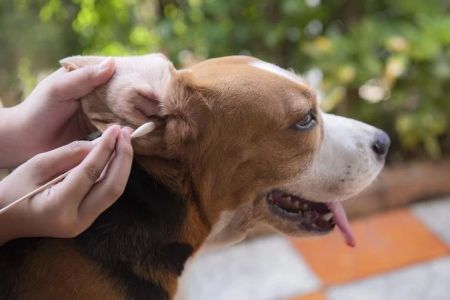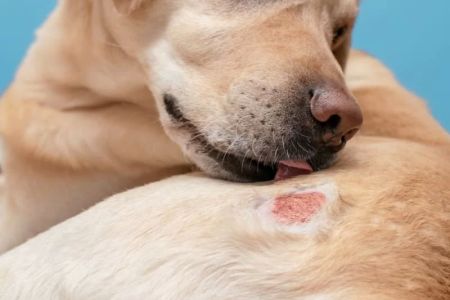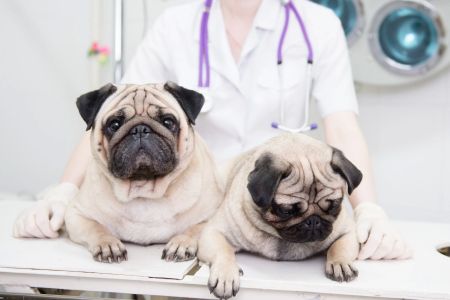How to Care for Pet Frogs in a Vivarium
- Why Choose a Vivarium for Your Pet Frog?
- Setting Up the Perfect Vivarium
- Temperature and Humidity Control
- Best Substrates and Plants for Frog Vivariums
- Feeding Your Pet Frog
- Common Health Issues in Pet Frogs
- Find Expert Care for Pet Frogs
Why Choose a Vivarium for Your Pet Frog?
Frogs thrive in environments that closely mimic their natural habitats. A vivarium, which is a controlled ecosystem, provides the perfect living conditions for pet frogs. Unlike simple terrariums, vivariums offer the right balance of humidity, temperature, and plant life, ensuring your frog stays healthy and active.
Frogs are sensitive creatures, and their well-being depends on proper environmental conditions. A well-maintained vivarium not only keeps them happy but also reduces stress-related illnesses, making it the best choice for long-term care.
Setting Up the Perfect Vivarium
Creating an ideal frog habitat requires careful planning. Here’s what you need:
- Tank Size: A 10- to 20-gallon tank works well for most small frog species. Larger species require more space.
- Ventilation: Proper airflow prevents mold buildup while maintaining the right humidity levels.
- Water Feature: Frogs need a shallow water dish or a small pond-like section to stay hydrated.
- Hiding Spots: Logs, leaves, and caves help frogs feel secure.
- Lighting: A low-wattage UVB light mimics natural sunlight and promotes healthy metabolism.
Taking the time to design a proper vivarium ensures your pet frog has a safe, enriching environment to thrive in.
Temperature and Humidity Control
Maintaining stable temperature and humidity levels is crucial for a frog’s health. Here’s what you should keep in mind:
- Temperature: Most pet frogs require a temperature range of 70°F to 80°F. Use a heat mat or ceramic heater if needed.
- Humidity: Frogs need high humidity levels, usually between 60-80%. Misting the vivarium daily helps maintain moisture.
- Monitoring: Use a digital thermometer and hygrometer to track conditions inside the tank.
Ensuring the right climate prevents dehydration and respiratory infections, which are common issues in pet frogs.
Best Substrates and Plants for Frog Vivariums
The right substrate and plant selection make a big difference in a vivarium's functionality and aesthetics.
- Substrate Choices: Coconut fiber, sphagnum moss, and organic potting soil help retain moisture while preventing bacterial growth.
- Live Plants: Ferns, bromeliads, and pothos improve air quality and create a naturalistic setting.
- Leaf Litter: Adding dried leaves provides hiding spots and mimics a frog’s natural environment.
Creating a bioactive setup with natural plants benefits both the frog and the ecosystem of the vivarium.
Feeding Your Pet Frog
Frogs are insectivores and require a diet rich in live prey. Here’s what they eat:
- Crickets: A staple food that provides essential nutrients.
- Mealworms and Waxworms: Occasional treats high in fat.
- Dubia Roaches: A nutritious alternative to crickets.
- Fruit Flies: Ideal for small frog species like dart frogs.
Dusting insects with calcium and vitamin supplements ensures your pet frog receives all necessary nutrients.
Common Health Issues in Pet Frogs
Despite their hardy nature, pet frogs can develop health problems if their environment or diet is not properly maintained. Here are some common issues:
- Fungal Infections: Often caused by excessive moisture and poor ventilation.
- Metabolic Bone Disease: Results from calcium deficiency and lack of UVB exposure.
- Obesity: Overfeeding can lead to weight gain and reduced mobility.
- Dehydration: Low humidity levels can cause dry skin and difficulty shedding.
Regular checkups with a reptile and amphibian specialist help prevent serious health concerns.
Find Expert Care for Pet Frogs
Caring for pet frogs in a vivarium requires attention to detail, from habitat setup to dietary needs. Whether you're a beginner or an experienced frog owner, professional guidance can help ensure your pet thrives.
For expert veterinary care and personalized advice on amphibian health, visit Hidden Brook Veterinary. Their team specializes in exotic pet care, providing top-tier support for frog owners.








